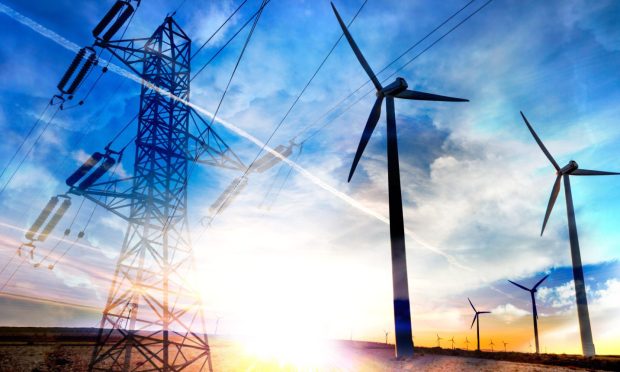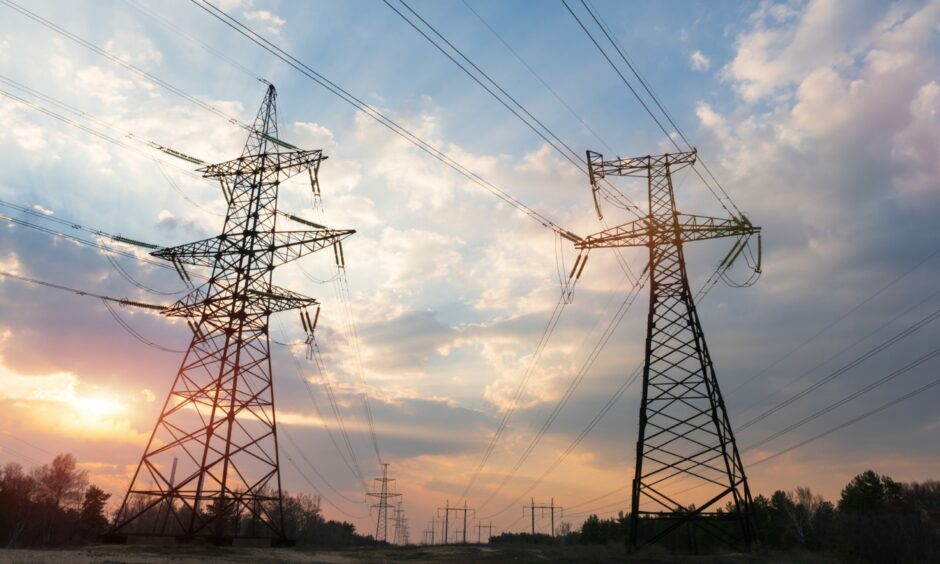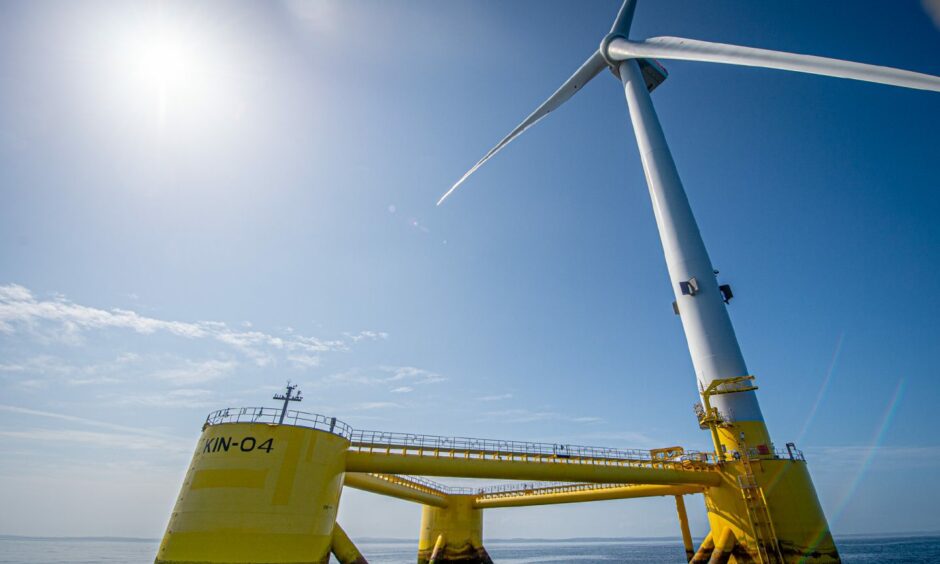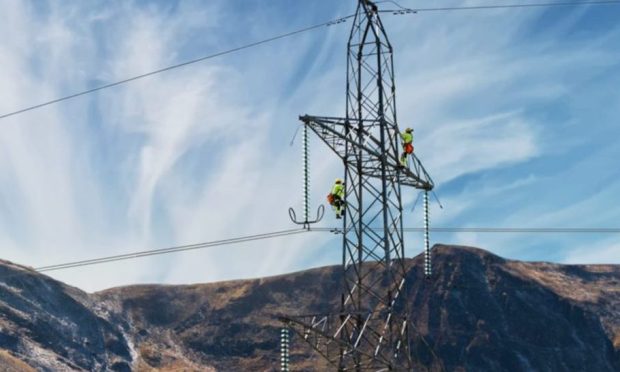One of the main options being considered by the UK Government in a planned shake-up of electricity market arrangements threatens jobs, cheaper energy and new wind projects, a new report warns.
Calling for “evolution rather than revolution” of transmission pricing, the Scottish Futures Trust (SFT) says any radical change to the current system risks delay to major new wind investment in Scotland.
Maintaining attractive market conditions is “key to delivering long-term lower prices for consumers, a just transition and green ambitions,” the infrastructure leadership group adds.
Potential for ‘long period of hiatus in significant new renewable electricity generation’, SFT says
And it warns Scotland’s renewable electricity capacity needs to increase more than threefold to meet the UK’s 2035 net-zero target.
Any move to locational marginal pricing (LMP), put forward as one of the main options for reform by the government and favoured by some electricity sector stakeholders, risks “a long period of hiatus in significant new renewable electricity generation at a time when a huge increase is required compared to the past 10 years”, the report says.
LMP has existed for decades in other parts of the world and is particularly common in North America. The fundamental principle is that wholesale electricity prices reflect the value of electrical energy at a specific location. That price will vary across the network due to patterns of load, generation and the physical limits of the transmission system.
Using LMP can result in a different price per megawatt-hour of electricity at every “node” along the transmission network or in different geographic parts of the UK.
Some changes to electricity market structures are needed to cope with a system dominated by intermittent renewable generation, SFT says.
But this can be achieved through reform of the existing market mechanisms, it insists.
SFT’s report also warns that if investor confidence is not retained, consumers will “continue to be exposed to volatile gas prices”.
And fewer jobs will be created in new generation and emerging new sectors such as hydrogen, it says.
Did you miss our webinar series on the Review of Electricity Market Arrangements (REMA)? Catch up on topics like Locational Marginal Pricing (LMP) and Splitting Wholesale Market: https://t.co/kF6MNiO17V
— BIEE (@BIEE10) October 17, 2023
The report – A Review of Electricity Market Arrangements: A Vision for Scotland – was prepared for SFT by independent energy consultants The Energy Landscape.
SFT senior associate director Andrew Bruce said the document shows a “radical move” to LMP at a time of “substantial transmission constraints and doubts about the speed of future grid delivery” threatens to choke off or delay the “substantial” investment required in new on and offshore wind farms.
Scotland has a key role to play in delivering the UK’s 2035 target of a fully decarbonised power sector.”
Mr Bruce added: “The report sets out a clear vision for an alternative system that is compatible with increased investment, reduced curtailment of available power and a just transition to net-zero.
“Scotland has a key role to play in delivering the UK’s 2035 target of a fully decarbonised power sector. We have a current renewable energy capacity of 15 gigawatts (GW), which needs to increase more than three-fold to at least 50GW within the next 12 years if the UK Government is to meet its net-zero commitments.”
SFT wants to see the retention of a UK-wide wholesale electricity market, with a single national price.
This will support Scotland’s ambition of becoming the “engine room” of the “renewable energy generation”, it says.
But the trust is also calling for improvements to the current sysem to make sure “Scottish consumers benefit from the availability of low-cost renewable generation”.
Mr Bruce added: “Creating and maintaining a secure and stable investor market will be critical to bringing in the tens of billions of investment required for this transition.
“We need to attract investors in renewables, batteries and the green hydrogen sector.
“If we can achieve that, Scotland could potentially generate green electricity to cover the electricity demand of everything north of Nottingham by 2035.”
Government’s electricity market review still at consultation stages
The government launched its review of electricity market arrangements last year and has now reviewed responses to a consultation document. It is expected to issue a further consultation in late 2023 or early 2024, with a narrower number of options to consider.















Conversation